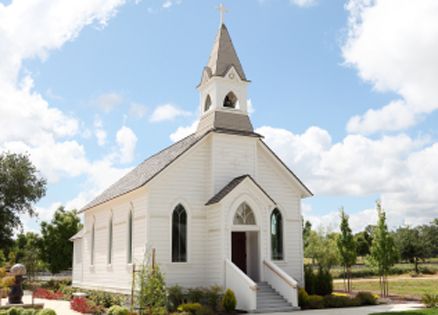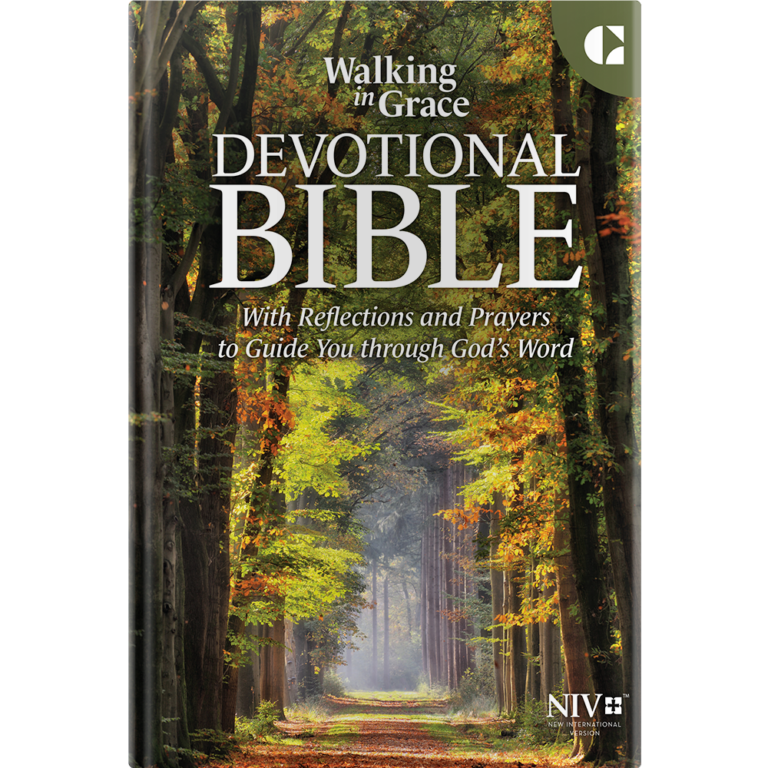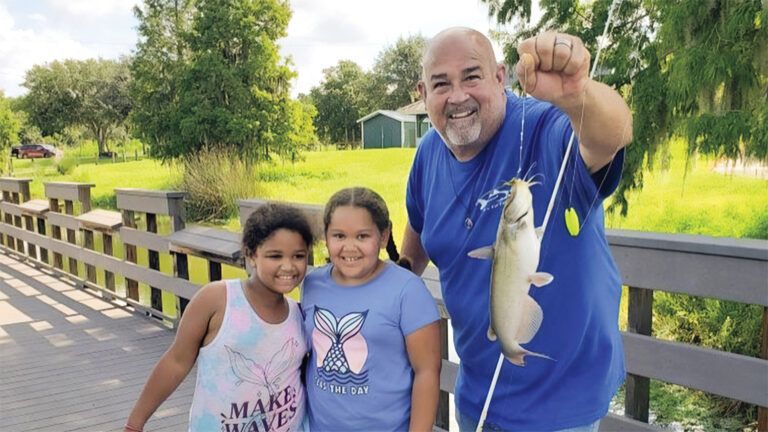About 4:30 a.m., the telephone woke Rev. Stewart Hardy. Predawn calls bringing news of tragedy were not unusual for the Camp Hill, Pennsylvania, minister, but he’d never received one quite like this.
“Stew, this is Danny.” He recognized the voice of Rabbi Daniel Weiner. “We’ve had a fire.” The reverend assumed his friend was talking about his house.
“No, Stew—the temple burned. They think it’s arson,” explained the rabbi. “It’s Yom Kippur and now we have nowhere to hold services.”
The reverend told the rabbi that the doors of Trinity Evangelical Lutheran Church would be open to the Jewish congregation. “Whatever we have is yours.”
The rabbi hung up that cold October morning, still in shock. Just an hour earlier he had been rousted from his sleep by a call about the fire. Arriving at the synagogue, he saw the flashing lights of the fire trucks and the flames shooting into the sky. It felt as if he had gone back to those days in Eastern Europe when his ancestors saw their temples burned by anti-Semites. He thought of the sacred Torah scrolls—on which were written the Jewish laws—still in the building. He dashed inside the smoky synagogue, grabbed the scrolls, rushed out and put them in the backseat of his car.
They were safe. What to do now about Yom Kippur, the most solemn day of the year for observant Jews, the sacred Day of Atonement? Most temples hold services throughout the day, and congregants fast, pray and reflect on ways to live better lives. “I knew we had to have something,” Rabbi Weiner said. “The congregation needed it.”
His friend the reverend came to mind. Part of the reason, he thinks, was because, “It would have been easy to fall into a vicious cycle of paranoia and alienation, and just tell ourselves, ‘Oh, here are the gentiles doing it again.'” But he wanted to give his people some kind of positive message from the terrible fire. He wanted to show that the bridge between Jews and Christians he and the reverend had built five years earlier was stronger than prejudice.
The 57-year-old New Zealand-born, history-buff minister and the 37-year-old California-born, guitar-playing rabbi first met when they spoke at a gathering of local hospice workers. Over coffee they discovered they thought the same way about religion, God and the role of a spiritual leader in the community. The two congregations held joint discussions about the nature of evil and love, as well as interpretations of Scripture. Church members even attended a class at the temple to learn about the basics of Judaism.
The news of the arson finally sank in, and the reverend threw on some clothes, called his staff and drove to the church. As he walked toward the building he saw the rabbi’s car pull into the parking lot along with a pickup truck, the bed stacked with prayer books.
“Tell us what you need,” was his greeting to his friend.
After they moved everything into the church, Rabbi Weiner went home to shower, dress and rewrite his sermon to talk about the events that morning. Members of the temple were called and told what had happened and where services would be held.
The reverend knew there was one more step that had to be taken as a gesture of respect. He asked his church sexton to remove temporarily all the Christian symbols in the sanctuary, including a six-foot-tall crucifix, which hung on the wall behind the altar. He remembered the Torah scrolls and asked his staff if there was something that could be used as an ark—the scroll-holding vessel that is the centerpiece of a synagogue. Someone suggested an old wooden cabinet that for years had held supplies. Later that day, Yom Kippur, members of the Ohev Sholom synagogue filled the pews while church members sprayed furniture polish on the cabinet and lined it with white cloth. Then they carried it to the spot where the cross had hung just hours earlier.
Every single one of the 800 seats in the sanctuary was taken, and Rabbi Weiner began his first Hebrew prayer of the day. Some congregants cried after they looked around and realized the church members had removed all the symbols of their own faith in order to make their guests feel more comfortable in their temporary spiritual home.
Support from the Christian community did not come to an end after Yom Kippur. The temple had been damaged but not destroyed. Just one week after the fire, members of the community surrounded the temple and held lighted candles as congregants arrived for their regular Friday-night service.
Rabbi Weiner asked his friend to carry the rescued Torah during the service and place it back inside the ark. The reverend protested, saying as a non-Jew it wasn’t his place, but the rabbi insisted.
During the service the rabbi and reverend spoke about the blessing their friendship had brought to the two congregations. “May all people see in us and our care for one another God’s great love,” Hardy told the packed audience. The congregation stood and applauded as he and Weiner embraced.






